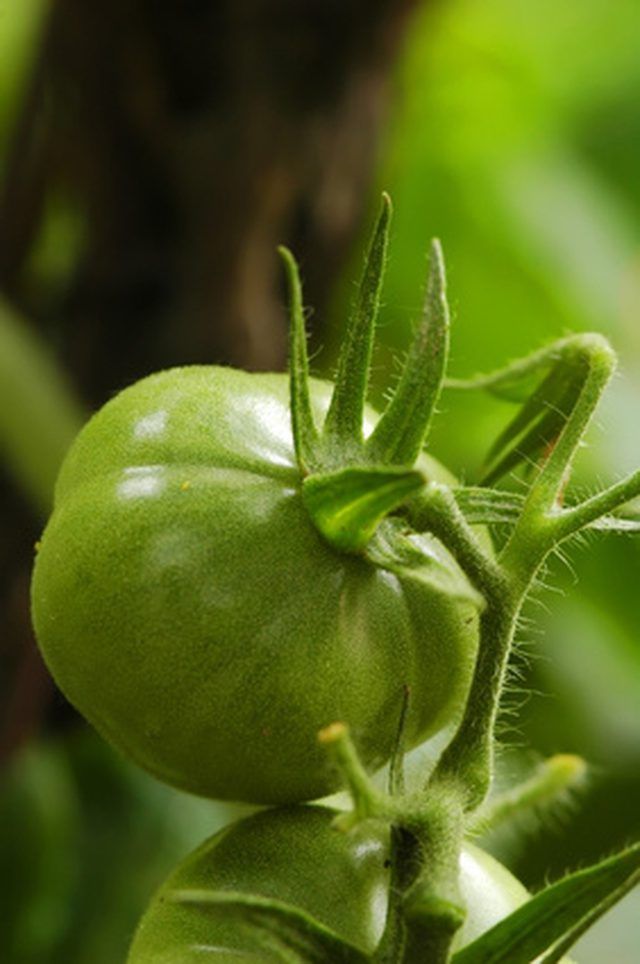Bulbs
Flower Basics
Flower Beds & Specialty Gardens
Flower Garden
Garden Furniture
Garden Gnomes
Garden Seeds
Garden Sheds
Garden Statues
Garden Tools & Supplies
Gardening Basics
Green & Organic
Groundcovers & Vines
Growing Annuals
Growing Basil
Growing Beans
Growing Berries
Growing Blueberries
Growing Cactus
Growing Corn
Growing Cotton
Growing Edibles
Growing Flowers
Growing Garlic
Growing Grapes
Growing Grass
Growing Herbs
Growing Jasmine
Growing Mint
Growing Mushrooms
Orchids
Growing Peanuts
Growing Perennials
Growing Plants
Growing Rosemary
Growing Roses
Growing Strawberries
Growing Sunflowers
Growing Thyme
Growing Tomatoes
Growing Tulips
Growing Vegetables
Herb Basics
Herb Garden
Indoor Growing
Landscaping Basics
Landscaping Patios
Landscaping Plants
Landscaping Shrubs
Landscaping Trees
Landscaping Walks & Pathways
Lawn Basics
Lawn Maintenance
Lawn Mowers
Lawn Ornaments
Lawn Planting
Lawn Tools
Outdoor Growing
Overall Landscape Planning
Pests, Weeds & Problems
Plant Basics
Rock Garden
Rose Garden
Shrubs
Soil
Specialty Gardens
Trees
Vegetable Garden
Yard Maintenance
Cold Damage in Tomato Plants
Cold Damage in Tomato Plants. There's nothing worse for a gardener than waking up to find that your vegetable garden has fallen victim to a surprise frost. Tomato plants are especially sensitive to cold --- and a cold snap can easily cut short a promising harvest.

There's nothing worse for a gardener than waking up to find that your vegetable garden has fallen victim to a surprise frost. Tomato plants are especially sensitive to cold --- and a cold snap can easily cut short a promising harvest.
The Cause Of Frost Damage
Frost can quickly damage tomato flowers, budding fruit and thin tomato stems. As the plants freeze, the walls between the cells burst, destroying the plant's internal structure.
Spotting Frost Damage
Frost-damaged tomato leaves and stems look wilted and wet, and begin to curl as they dry.
Trimming Damaged Plants
Trim back any frost-damaged parts of your tomato plants to allow the plants to focus on growing new, healthy tissue. If a few days pass and the tomato plant shows no signs of new growth, it may have been too damaged. At that point, consider removing the plant and replacing it with a new one.
Spring Frosts
To avoid early spring frost damage to your tomatoes, wait to plant tomato seedlings until after the last frost date for your area. According to Gardeners' World, ideal tomato growing temperatures are between 64 and 75 degrees F, and no lower than 55 degrees F.
Autumn Frosts
Harvest late-fall tomatoes as soon as they ripen to keep them from freezing. If there's a cold night coming, cover your tomatoes with a blanket, a row cover or a burlap tarp.